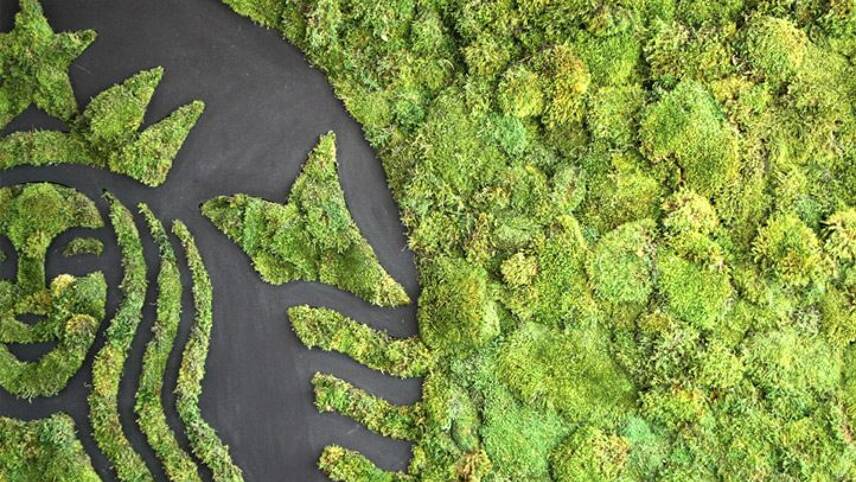Register for free and continue reading
Join our growing army of changemakers and get unlimited access to our premium content

The 50% reduction in waste to landfill will be underscored by Starbucks joining the Ellen MacArthur Foundation’s New Plastics Economy initiative
Starbucks has today (21 January) unveiled three new preliminary targets set for 2030 that will act as the launchpad for a long-term resource-positive strategy that will be fully formed in 2021.
The preliminary 2030 targets focus on a 50% reduction in carbon emissions in direct operations and supply chain a pledge to replenish or conserve 50% of the water used for direct operations and coffee production and a 50% reduction in waste sent to landfill from stores and manufacturing.
These will act as the near-term progress towards overarching ambitions to store more carbon than Starbucks emits, eliminating waste and providing more clean freshwater than the business uses.
“Our aspiration is to become resource positive – storing more carbon than we emit, eliminating waste, and providing more clean freshwater than we use. This aspiration is grounded in Starbucks mission. By embracing a longer-term economic, equitable and planetary value proposition for our company, we will create greater value for all stakeholders,” Starbucks’ chief executive Kevin Johnson said.
“I’m excited to be able to share with you our commitment to pursue a bold, multi-decade aspiration to become resource positive and give more than we take from the planet. This is an aspiration that we take on, recognising it will come with challenges and will require transformational change.”
Jackson has sent a letter to employees, customers and stakeholders, inviting them to assist with Starbuck’s transformation.
New focus
In 2018, Starbucks launched its Green Store framework, an initiative to make 300 stores 100% powered by renewables, 25% more energy efficiency, 30% more water efficient and improving recycling and waste diversion.
As part of the new 2030 targets, Starbucks will focus on water stewardship on communities and basins with high water risk.
The 50% reduction in waste to landfill will be underscored by Starbucks joining the Ellen MacArthur Foundation’s New Plastics Economy initiative and align with its positive vision of a circular economy for plastics. In the UK, and as part of its ongoing partnership with environmental charity Hubbub, Starbucks has unveiled a new campaign aiming to double reusable cup in during 2020.
The 2030 targets will be supported by new drives to expand plant-based options in stores, shifting to reusable packaging and investing in regenerative agricultural practices, reforestation, forest conservation and water replenishment in the supply chain.
Over a two-year period, Starbucks has committed more than $140m in renewable energy procurement, equating to 77% of the company’s global operations.
Greenpeace USA Plastics Campaigner Kate Melges said: “While it’s a welcome development that Starbucks is revisiting its sustainability strategy, the company still has a lot to figure out as to how to make it happen as quickly as possible. When it comes to the climate crisis, increasing deforestation, water shortages, and mounting plastic pollution, we don’t have decades to wait for action. Companies like Starbucks needed to be shifting toward truly sustainable, circular practices yesterday.”
Matt Mace


Please login or Register to leave a comment.